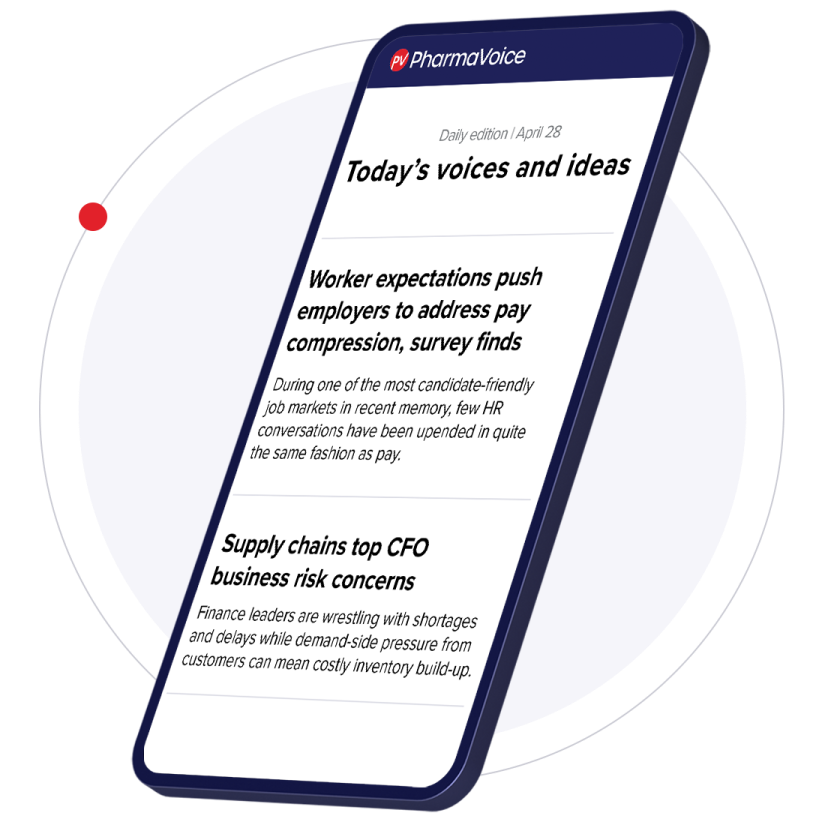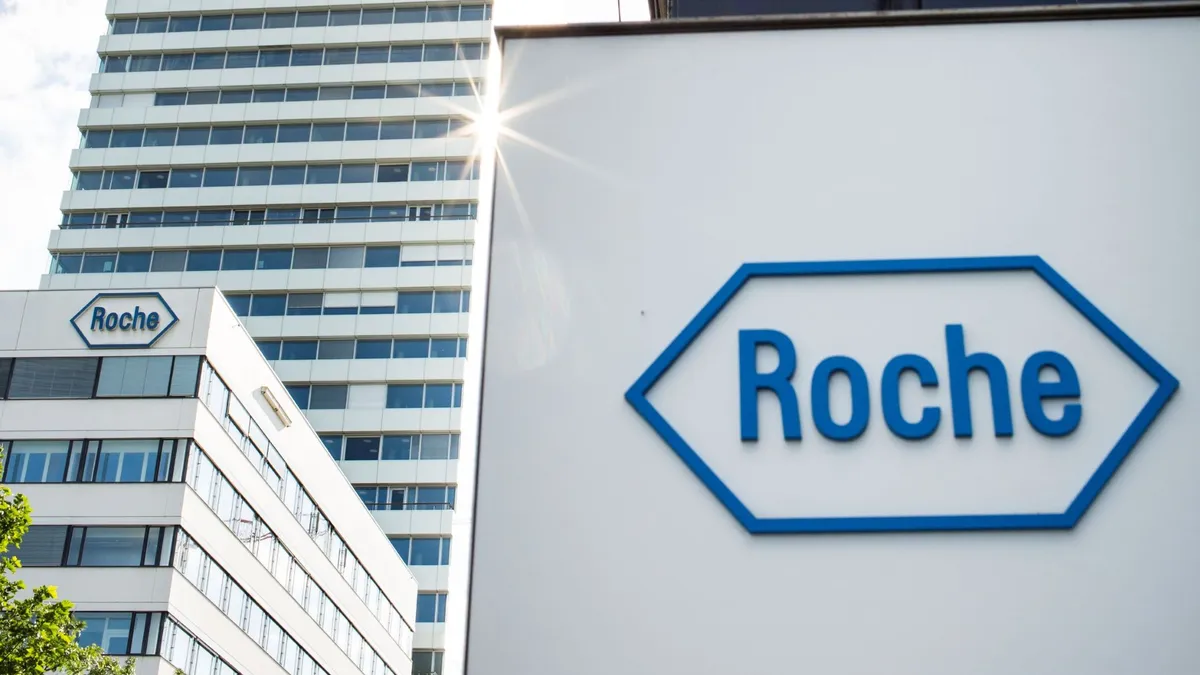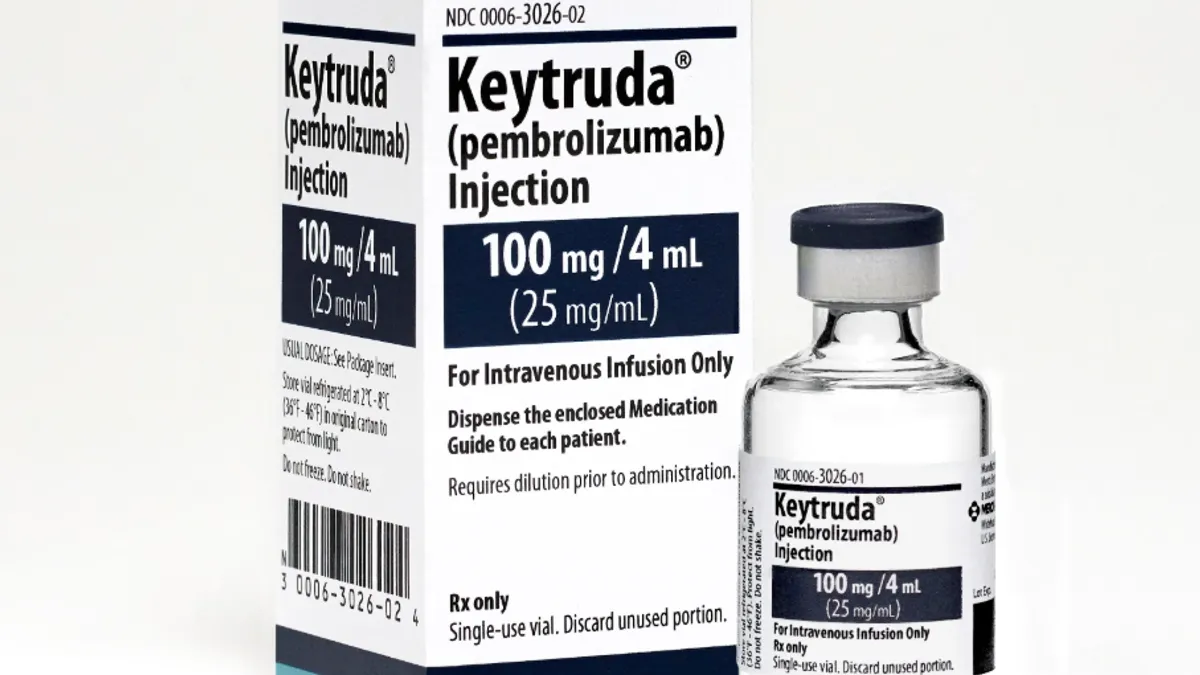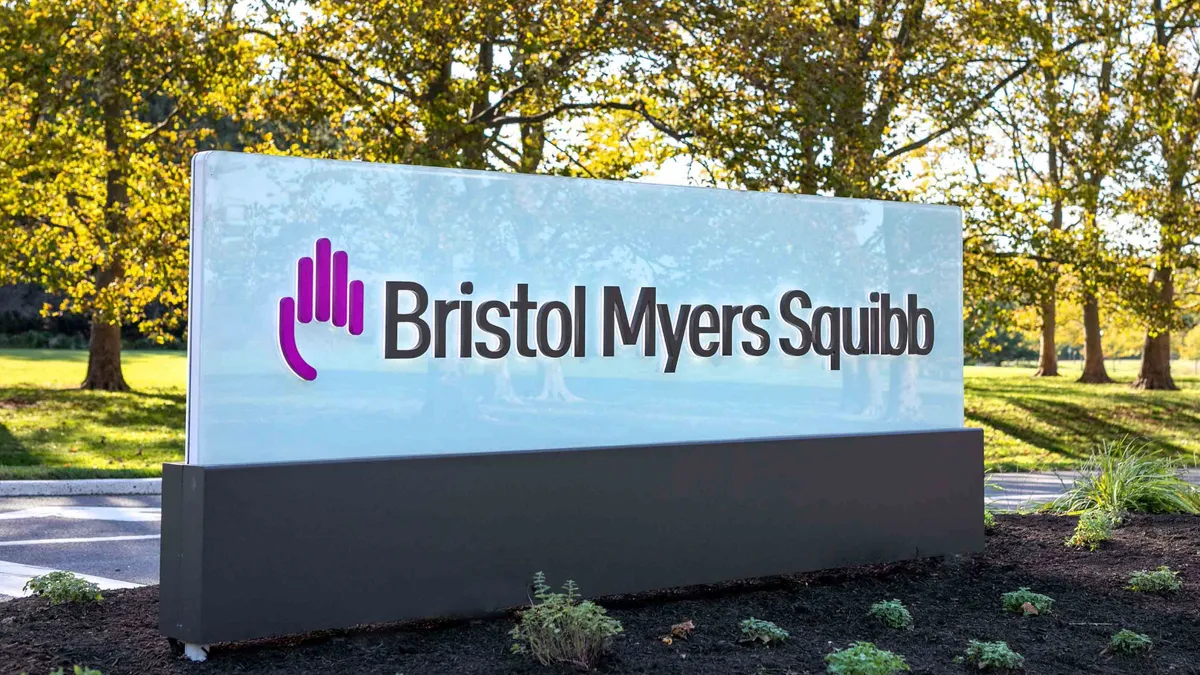Merck & Co. is looking to make a comeback in Alzheimer’s disease.
Eli Lilly, Biogen and Eisai have outpaced the Big Pharma field in bringing new drugs to market, but now Merck is betting on the next wave of Alzheimer’s treatments by homing in on biomarkers and other precision medicine techniques for patients in earlier stages.
The Alzheimer’s drug landscape keeps evolving, and companies like Merck have had to change their approach along with it. So while anti-amyloid drugs like Biogen and Eisai’s Leqembi and Lilly’s Kisunla showcase solid yet incremental improvement, a new slate of candidates could make up the next stage of disease prevention and treatment.
Merck has moved two of those drug candidates to phase 2 trials, including a tau-targeting antibody called MK-2214 and a neurotransmitter modulator called MK-1167. And although many of the complexities surrounding Alzheimer’s persist, Merck is doubling down on recent advances to more effectively target the core pathologies of the disease.
“Our approach to Alzheimer’s disease has changed substantially over the years, and that’s driven largely by changes in the field,” said Dr. Mike Egan, vice president of neuroscience global clinical development at Merck. “What drugs are we going after, and what is the appropriate disease stage in terms of selecting drug targets? That’s been greatly informed by advances in genetics and our understanding of what might be an opportune target to hit, as well as advances in understanding of the pathophysiology of the disease.”
Amid lower sales forecasts, Merck this week said it will begin a cost-saving plan involving layoffs and focus on newer drug launches to overcome the looming patent loss for cancer blockbuster Keytruda in the next couple years. A renewed emphasis on neuroscience appears to be part of that forward-looking strategy.
These two candidates will carry what Merck neuroscience leaders hope is a resurgence in the pharma’s Alzheimer’s prowess into a new era, catching up to rivals and bringing effective treatments to the challenging arena.
Learning from history
The current roster of Alzheimer’s drug hopefuls isn’t Merck’s first stroll around the block. Along with many drugmakers still targeting the memory-stealing disease, the company walks a path littered with failures.
Back before the first anti-amyloid approvals of the early 2020s, Merck and fellow pharma giants were all aiming at a different target altogether: the BACE inhibitor. One by one, though, as Merck ended its BACE inhibitor program in 2018 due to poor efficacy, so did the other drugmakers, including bigwigs like Johnson & Johnson, Lilly, AstraZeneca, Amgen, Novartis and Eisai.
This time around, Merck’s understanding of the disease’s targets has improved to the point that the company is better prepared to bring the drugs through trials, said Jonathan Sugam, principal scientist of neuroscience discovery at Merck.
“Advances in the field over the past decade or so have taken us toward what we think are the most appropriate targets based on both genetically validated targets in the appropriate disease population, as well as targets we think are most viable based on what we’ve learned about the biomarkers that describe the pathophysiology of the disease, tau being one of the big ones,” Sugam said.
“Our approach to Alzheimer’s disease has changed substantially over the years, and that’s driven largely by changes in the field."

Dr. Mike Egan
VP, neuroscience, global clinical development, Merck & Co.
Along with many of the companies licking their BACE inhibitor wounds from almost 10 years ago, Merck learned some important lessons about the approach to Alzheimer’s. From trial design to viable endpoints to the balance of speed and precision, Egan said that “it’s important to continue to invest in Alzheimer’s disease to get clear, strong biomarker evidence of target engagement and disease biology before going to big phase 3 trials.”
That perspective is critical as the company moves ahead with these two candidates, and Sugam said Merck is better prepared this time. Alzheimer’s trials are notoriously difficult to recruit and enroll because of the complexity of the disease, he said.
“We’re better equipped now than we were previously to identify the right patient at the right time for the right therapy,” Sugam said. “Using biomarkers to identify and track patients appropriately in a trial … is one of the biggest innovations in the field.”
Tau and PAM
MK-2214 is designed to clear tau tangles in the brain, which, along with amyloid plaques, are considered one of the hallmarks of the disease. But unlike some other drugs that clear tau, the antibody takes aim not just at the protein itself but also its mechanism of spreading to different regions of the brain, making it a potential prevention in pre-symptomatic patients.
That process begins with the specific target pS413, which is a type of extracellular tau associated with accumulation of the protein in the brain. By tracking these tau “seeds” as they spread, Merck researchers have found that an antibody can more effectively root out drivers of the disease than a more general tau inhibitor.
“We can actually see the progression of this tau over time in different brain regions and stage the disease appropriately,” Sugam said. “We believe, along with others, that this pathological spreading of tau is a key driver of some of the disease process and some of the symptomology of the disease — being able to target that with an antibody like MK-2214 is something we’re really excited about.”
And by targeting the “seeds” of corruption in the brain, MK-2214 could potentially be used earlier in patients who show tau accumulation without the telltale symptoms of Alzheimer’s such as cognitive decline, Egan said. That also determines the window in which patients will be included in clinical trials.
“A key question is, when does the seeding occur? It probably occurs early,” Egan said. “We have to take a Goldilocks approach, similar to how Lilly conducted [Kisunla] trials in people with moderate amounts of tau, as opposed to too much or not enough — people who haven’t had tau seeded to all their cortical neurons.”
On top of MK-2214, Merck is also in mid-stage trials for a drug candidate that takes a wholly different approach. MK-1167 is an alpha-7 positive allosteric modulator, known as PAM, that targets and turns on a neurotransmitter called acetylcholine. By bringing acetylcholine back online, MK-1167 could improve cognitive function in patients already experiencing symptoms.
Leaning into the company’s Alzheimer’s resurgence, Egan said there’s room for more molecules in the pipeline — and Merck is willing to open the purse strings for the right prospect, employing M&A or partnerships to bolster the portfolio.
“I’ll take this opportunity to say to the world that if you have good Alzheimer’s drugs, feel free to touch base with us, because we have both an internal pipeline and an external pipeline — nobody has a monopoly on good ideas,” Egan said. “We want to pursue new medications that could help patients, whether it’s for disease modification or cognition or symptomatic approaches.”

















